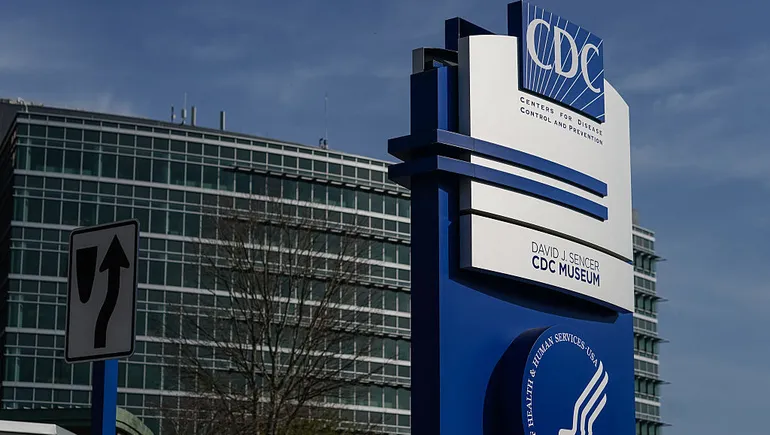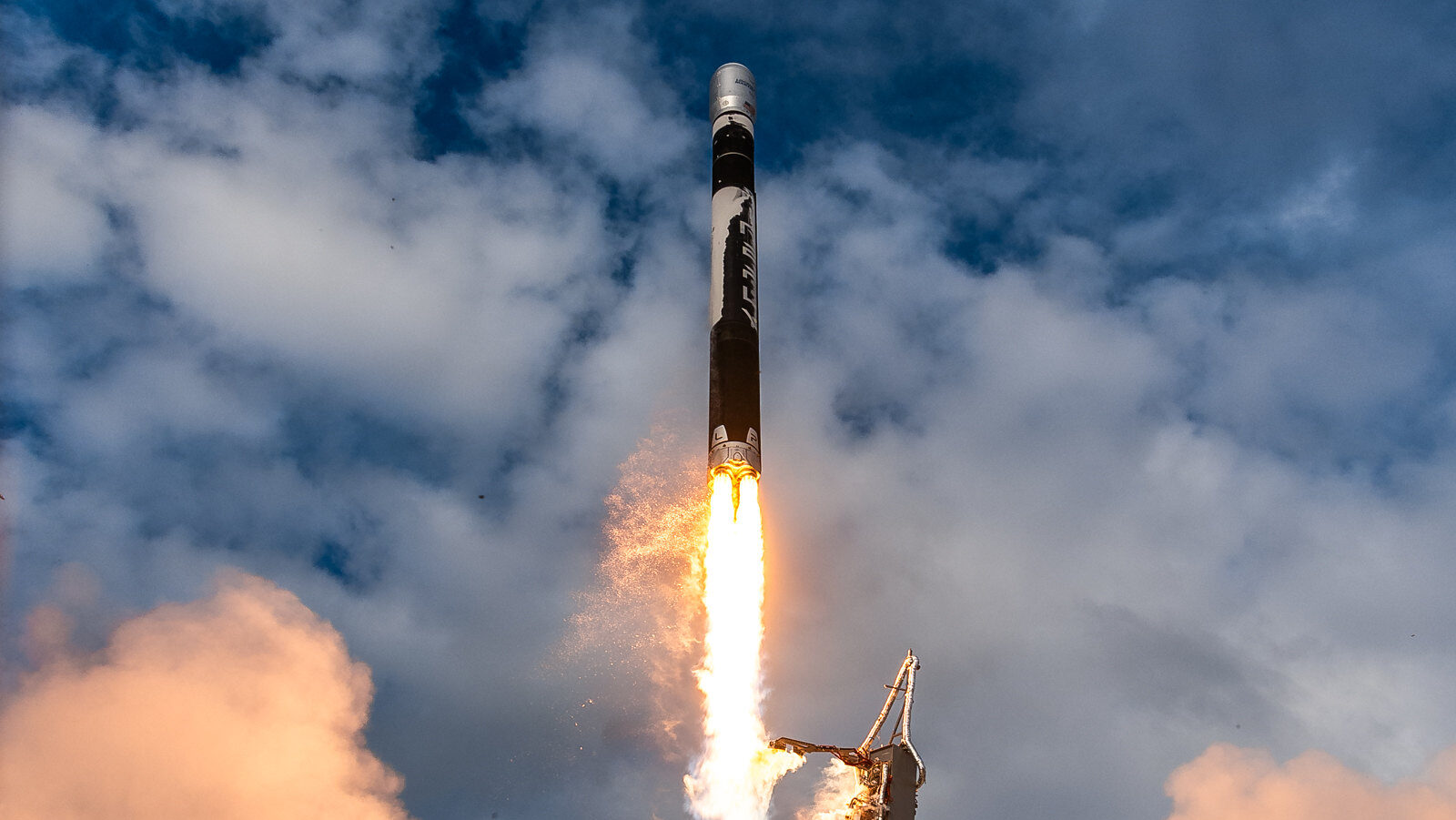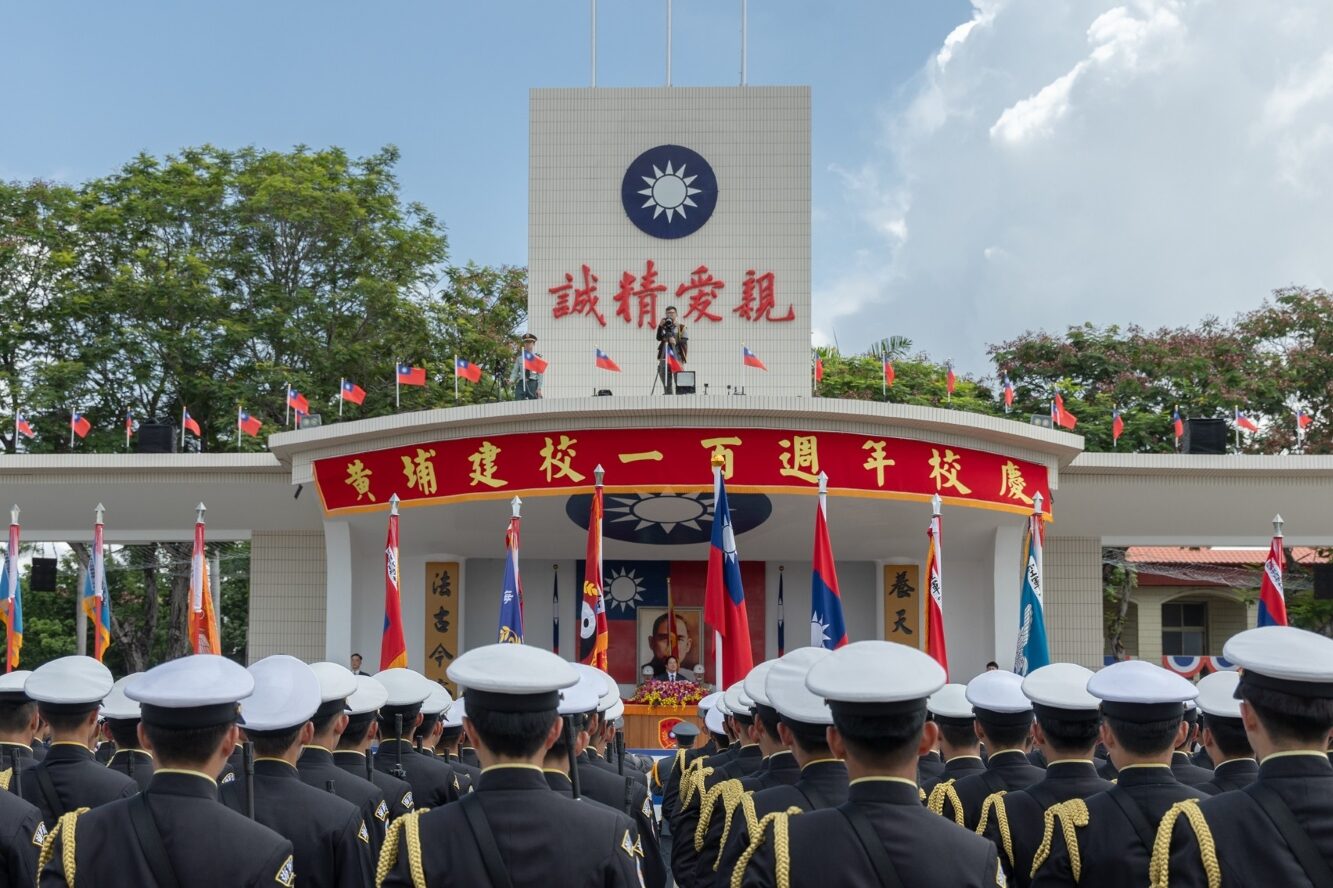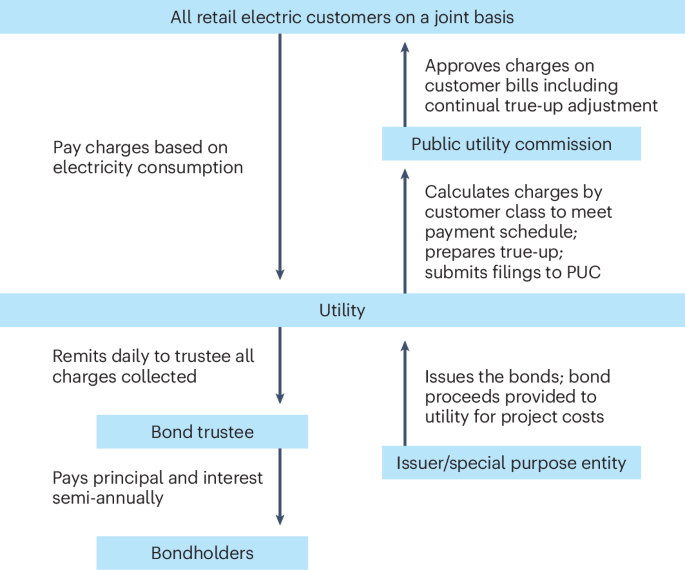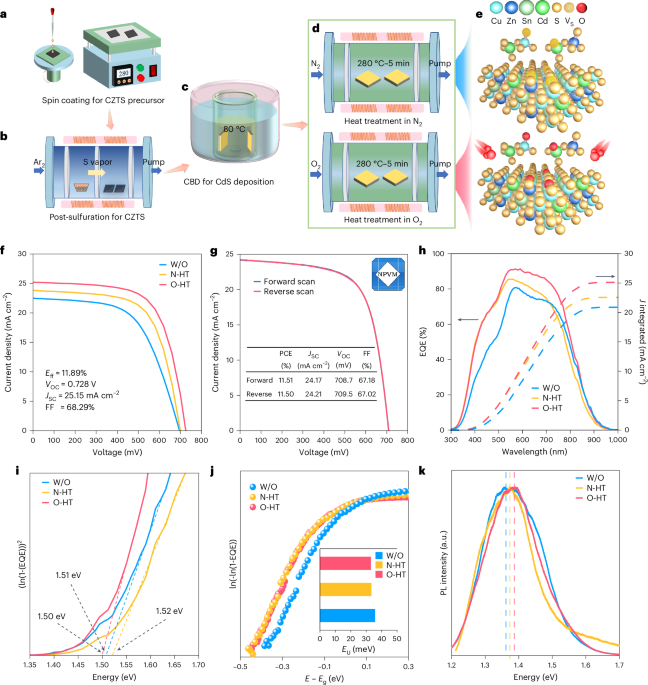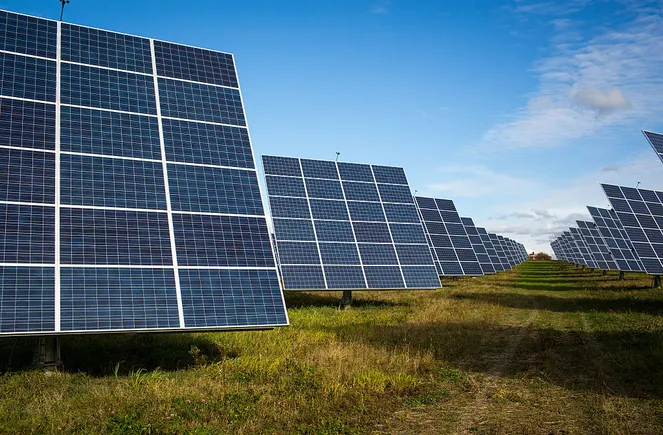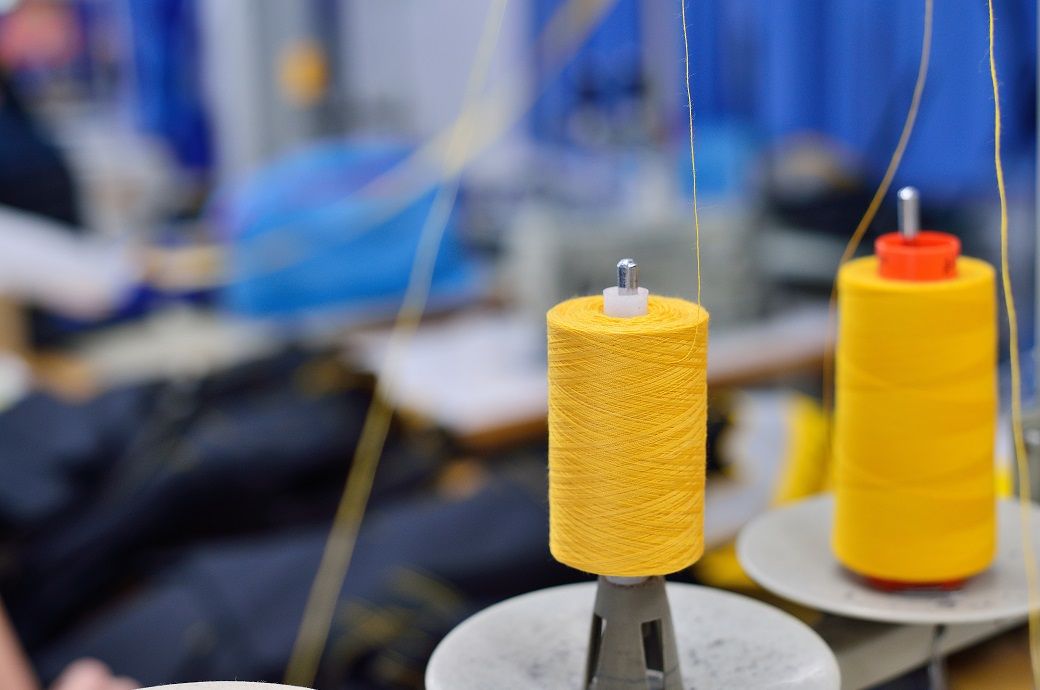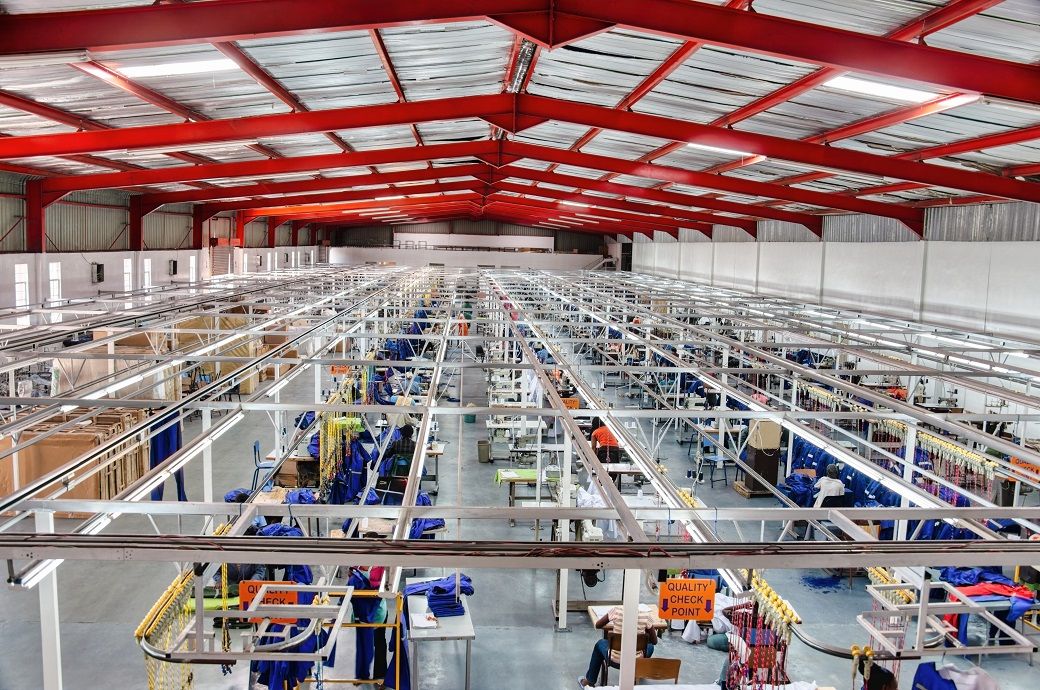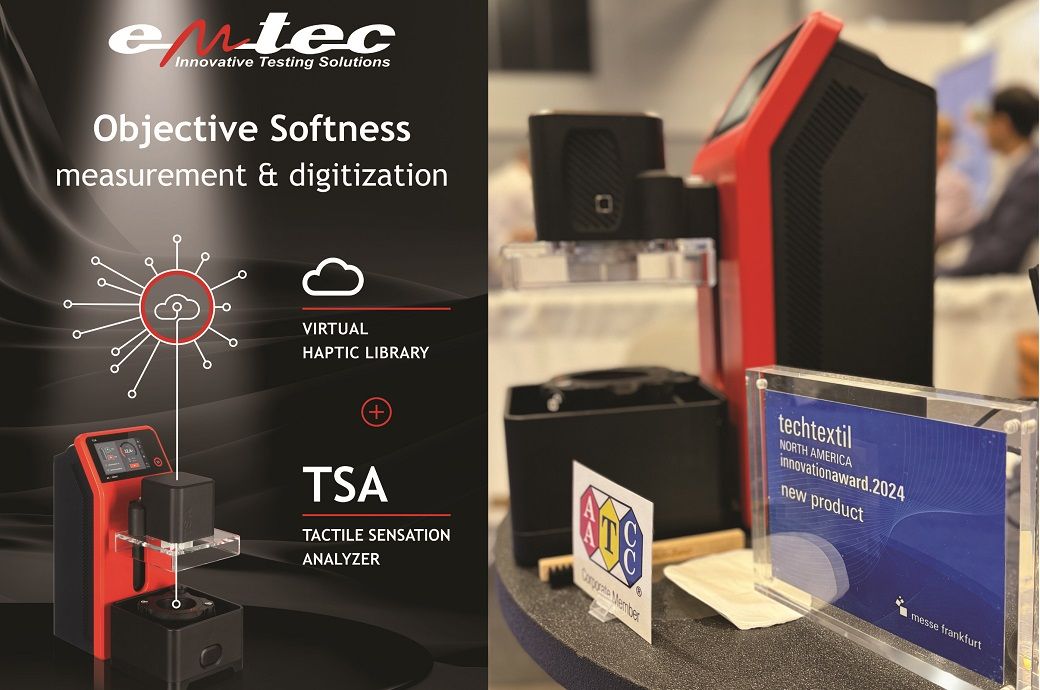Floatable Protective Layers: a Strategy to Minimize Solid Electrolyte Interphase Growth and Maximize the Lithium Utilization
Advanced Energy Materials, EarlyView.

The floatable protective layer is synthesized via surfactant-assisted solvent drying of a porous conductive layer. It promotes preferential deposition of lithium beneath the layer, while enabling solid electrolyte interphase formation above it. This design minimizes direct electrolyte contact with freshly deposited lithium, reducing side reactions and improving the stability and lifespan of anode-free lithium batteries.
Abstract
Maximizing lithium (Li) utilization is crucial for enhancing the long-term stability of Li-based batteries. In anode-free Li batteries (AFLBs), although the initial formation of solid electrolyte interphase (SEI) is beneficial on limiting further reaction between Li and electrolyte, large volume change of Li metal anode (LMA) during cycling often leads to continuous breakdown and re-formation of SEI and formation of inactive Li, hindering its efficiency. In this study, a novel strategy is presented to protect Li metal by applying a floatable protection layer (FPL) on a copper substrate, enabling large Li particles to be primarily deposited below FPL, but SEI to be primarily formed above FPL. This approach effectively minimizes the direct contact between electrolyte and freshly deposited Li, therefore mitigating the continuous side reactions and early failure of AFLBs. As a result, Li consumption is minimized, and the overall stability of the battery is significantly enhanced. Further development of this approach can also be used to improve the performance of other Li-based batteries for large-scale applications.









































































